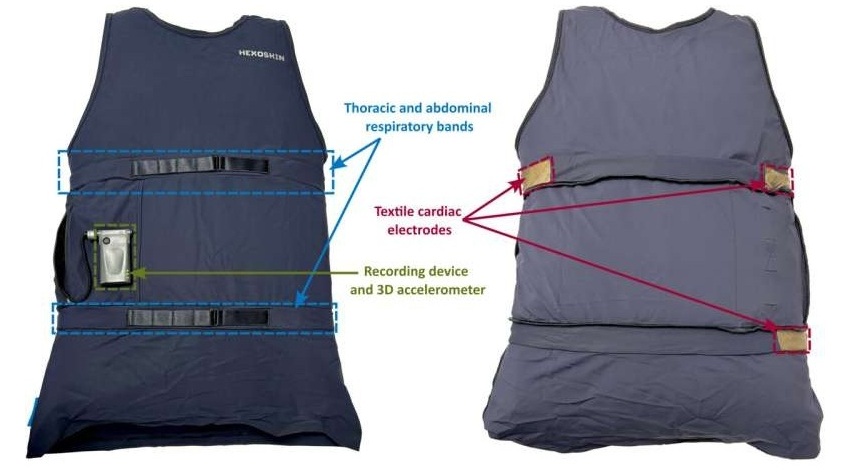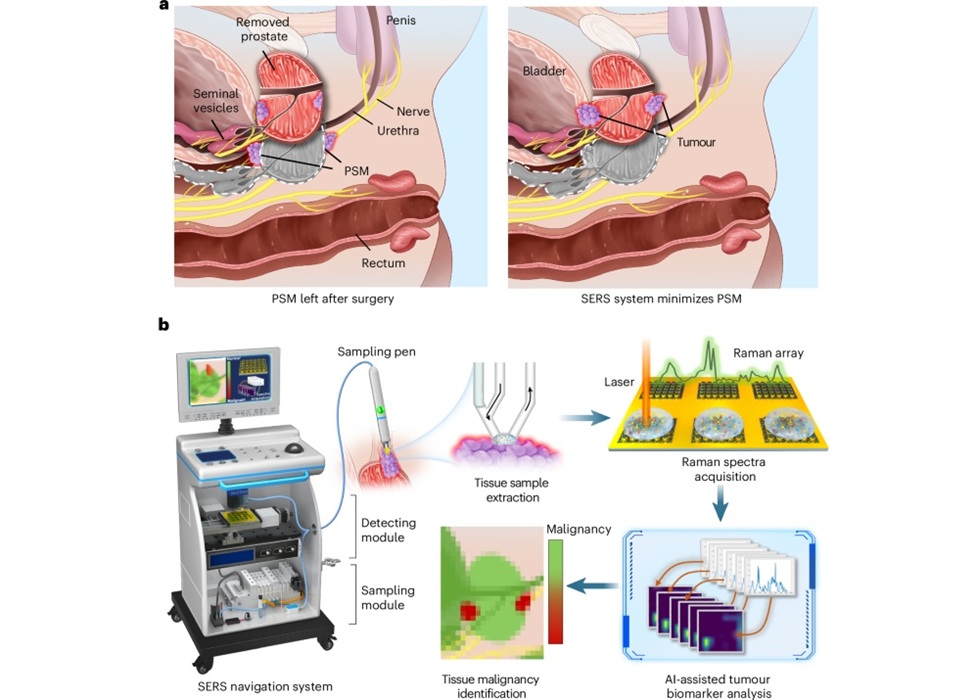Adaptive Organic Transistors Transform Implantable Electronics 
|
By HospiMedica International staff writers Posted on 04 Jun 2014 |
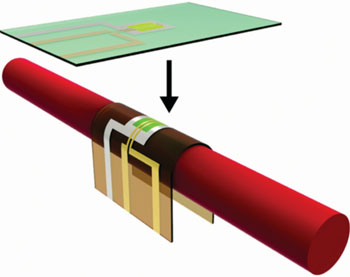
Image: OTFTs bonded to shape-memory polymers change shape when heated (Photo courtesy of UT Dallas).
Innovative electronic devices based on shape-memory polymers can deploy when implanted inside the body to grip anatomic structures such as nerves and blood vessels.
Developed by researchers at the University of Texas (Dallas, USA) and the University of Tokyo (Japan), the biologically adaptive, flexible organic thin-film transistors (OTFTs) are bonded to the shape-memory polymers, which respond to the body’s heat environment and become less rigid once they are implanted. By doing so, the OTFTs can be adapted to be closer in size and stiffness to biologic structures, thus making them much more biocompatible than current rigid plastic sensors that stays the same shape and stiffness throughout their lifetime.
During testing, the researchers used heat to deploy the device around a cylinder as small as 2.25 millimeters in diameter, and implanted the device in rats. They found that after implantation, the device had morphed with the living tissue while maintaining excellent electronic properties. The next step of the research is to shrink the devices so they can wrap around smaller objects and add more sensory components, so that they might one day help doctors learn more about what is happening inside the body, as well as stimulate the body for treatments. The study was published in the May 2014 issue of Advanced Materials.
“Scientists and physicians have been trying to put electronics in the body for a while now, but one of the problems is that the stiffness of common electronics is not compatible with biological tissue,” said lead author Jonathan Reeder, BSc, a graduate student in the UT Dallas department of materials science and engineering. “You need the device to be stiff at room temperature so the surgeon can implant the device, but soft and flexible enough to wrap around 3-D objects so the body can behave exactly as it would without the device. By putting electronics on shape-changing and softening polymers, we can do just that.”
Related Links:
University of Texas
University of Tokyo
Developed by researchers at the University of Texas (Dallas, USA) and the University of Tokyo (Japan), the biologically adaptive, flexible organic thin-film transistors (OTFTs) are bonded to the shape-memory polymers, which respond to the body’s heat environment and become less rigid once they are implanted. By doing so, the OTFTs can be adapted to be closer in size and stiffness to biologic structures, thus making them much more biocompatible than current rigid plastic sensors that stays the same shape and stiffness throughout their lifetime.
During testing, the researchers used heat to deploy the device around a cylinder as small as 2.25 millimeters in diameter, and implanted the device in rats. They found that after implantation, the device had morphed with the living tissue while maintaining excellent electronic properties. The next step of the research is to shrink the devices so they can wrap around smaller objects and add more sensory components, so that they might one day help doctors learn more about what is happening inside the body, as well as stimulate the body for treatments. The study was published in the May 2014 issue of Advanced Materials.
“Scientists and physicians have been trying to put electronics in the body for a while now, but one of the problems is that the stiffness of common electronics is not compatible with biological tissue,” said lead author Jonathan Reeder, BSc, a graduate student in the UT Dallas department of materials science and engineering. “You need the device to be stiff at room temperature so the surgeon can implant the device, but soft and flexible enough to wrap around 3-D objects so the body can behave exactly as it would without the device. By putting electronics on shape-changing and softening polymers, we can do just that.”
Related Links:
University of Texas
University of Tokyo
Channels
Critical Care
view channel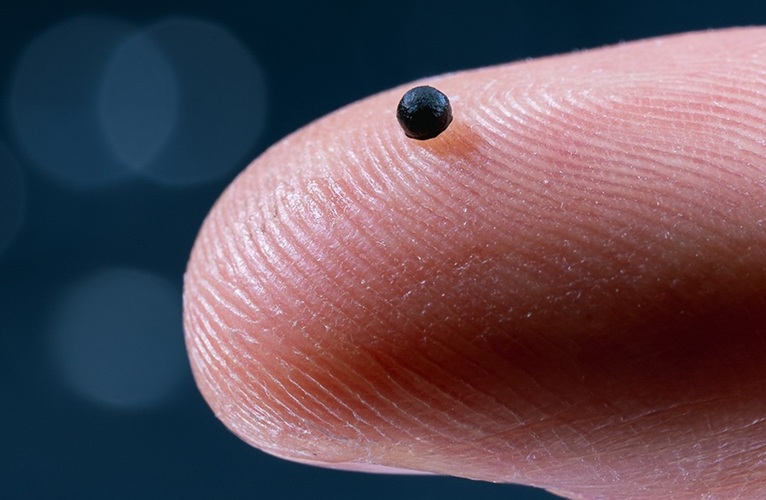
Magnetically Guided Microrobots to Enable Targeted Drug Delivery
Stroke affects 12 million people globally each year, often causing death or lasting disability. Current treatment relies on systemic administration of clot-dissolving drugs, which circulate throughout... Read more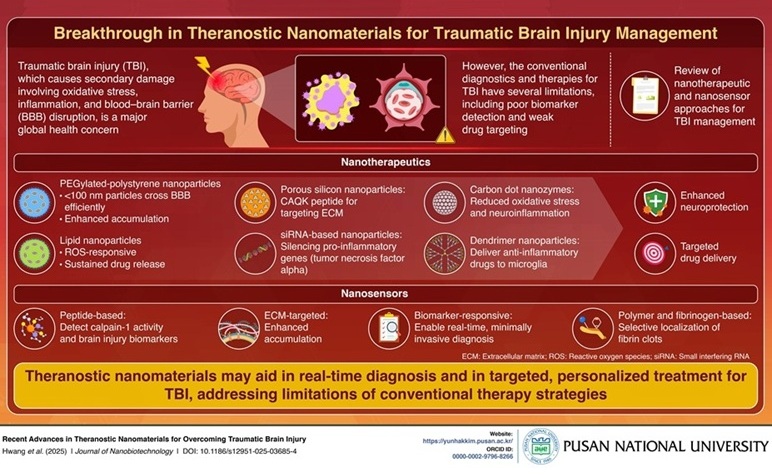
Smart Nanomaterials Detect and Treat Traumatic Brain Injuries Simultaneously
Traumatic brain injury (TBI) continues to leave millions with long-term disabilities every year. After a sudden impact from a fall, collision, or accident, the brain undergoes inflammation, oxidative stress,... Read more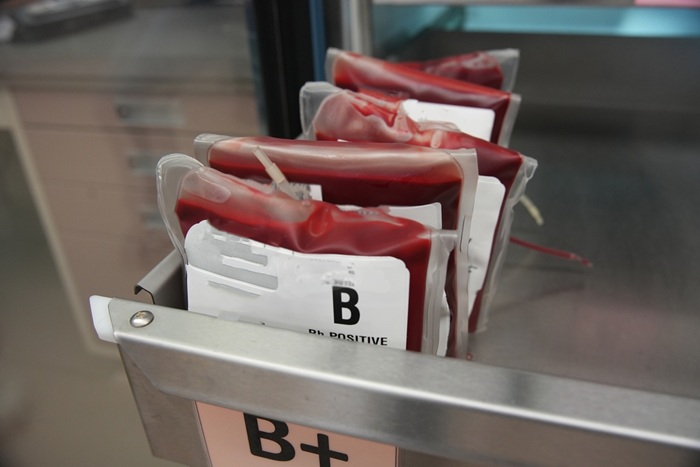
Earlier Blood Transfusion Could Reduce Heart Failure and Arrhythmia in Heart Disease Patients
Blood loss during or after surgery can place significant stress on people with heart disease, increasing the risk of dangerous complications. Transfusions are often delayed until hemoglobin levels fall... Read moreSurgical Techniques
view channel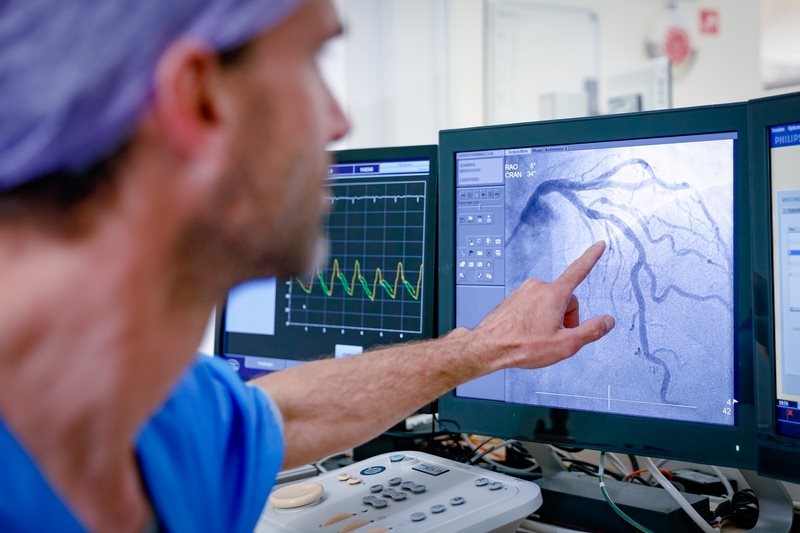
New Study Findings Could Halve Number of Stent Procedures
When a coronary artery becomes acutely blocked during a heart attack, opening it immediately is essential to prevent irreversible damage. However, many patients also have other narrowed vessels that appear... Read more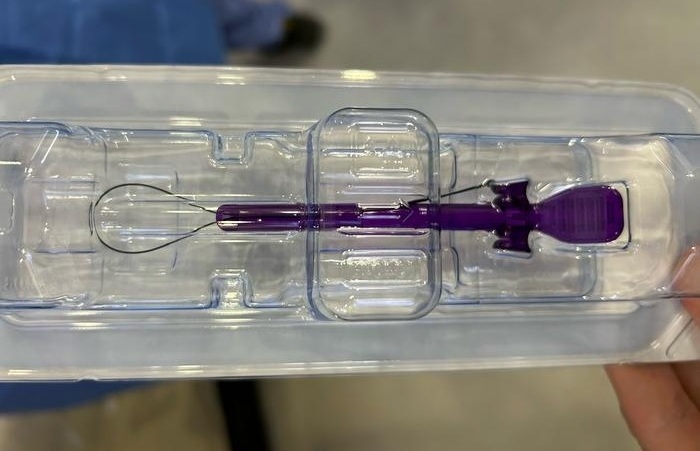
Breakthrough Surgical Device Redefines Hip Arthroscopy
Hip arthroscopy has surged in popularity, yet surgeons still face major mechanical constraints when navigating deep joint spaces through traditional cannulas. Limited tool mobility and the need for an... Read morePatient Care
view channel
Revolutionary Automatic IV-Line Flushing Device to Enhance Infusion Care
More than 80% of in-hospital patients receive intravenous (IV) therapy. Every dose of IV medicine delivered in a small volume (<250 mL) infusion bag should be followed by subsequent flushing to ensure... Read more
VR Training Tool Combats Contamination of Portable Medical Equipment
Healthcare-associated infections (HAIs) impact one in every 31 patients, cause nearly 100,000 deaths each year, and cost USD 28.4 billion in direct medical expenses. Notably, up to 75% of these infections... Read more
Portable Biosensor Platform to Reduce Hospital-Acquired Infections
Approximately 4 million patients in the European Union acquire healthcare-associated infections (HAIs) or nosocomial infections each year, with around 37,000 deaths directly resulting from these infections,... Read moreFirst-Of-Its-Kind Portable Germicidal Light Technology Disinfects High-Touch Clinical Surfaces in Seconds
Reducing healthcare-acquired infections (HAIs) remains a pressing issue within global healthcare systems. In the United States alone, 1.7 million patients contract HAIs annually, leading to approximately... Read moreBusiness
view channel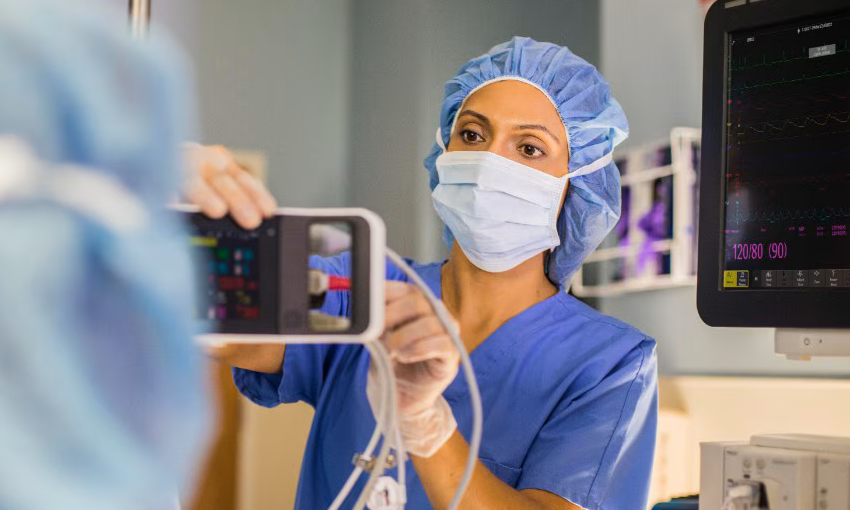
Philips and Masimo Partner to Advance Patient Monitoring Measurement Technologies
Royal Philips (Amsterdam, Netherlands) and Masimo (Irvine, California, USA) have renewed their multi-year strategic collaboration, combining Philips’ expertise in patient monitoring with Masimo’s noninvasive... Read more
B. Braun Acquires Digital Microsurgery Company True Digital Surgery
The high-end microsurgery market in neurosurgery, spine, and ENT is undergoing a significant transformation. Traditional analog microscopes are giving way to digital exoscopes, which provide improved visualization,... Read more
CMEF 2025 to Promote Holistic and High-Quality Development of Medical and Health Industry
The 92nd China International Medical Equipment Fair (CMEF 2025) Autumn Exhibition is scheduled to be held from September 26 to 29 at the China Import and Export Fair Complex (Canton Fair Complex) in Guangzhou.... Read more












